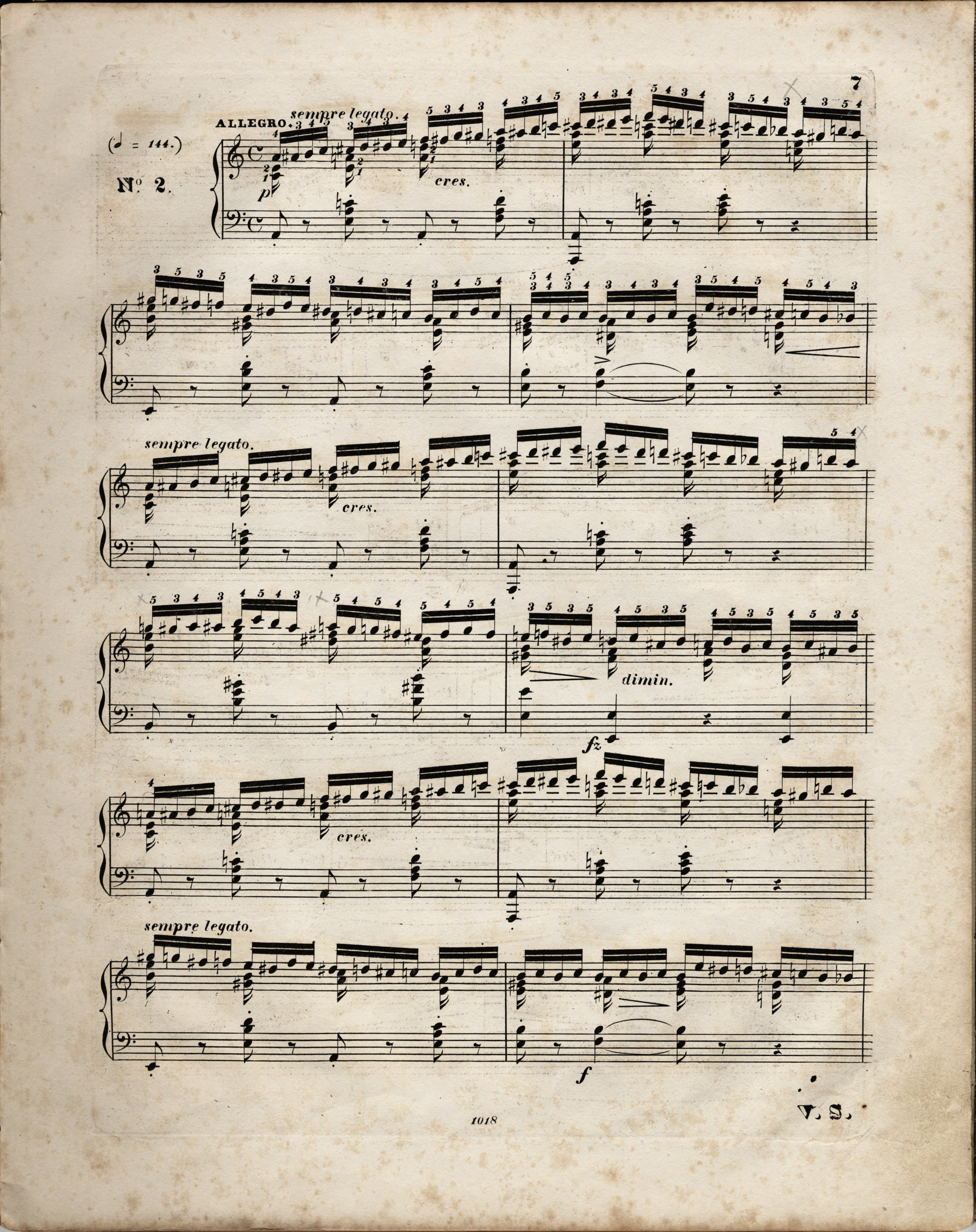Op. 2, Variations in B♭ major
Op. 10, 12 Etudes
Op. 11, Concerto in E minor
Op. 21, Concerto in F minor
Op. 22, Polonaise in E♭ major
Op. 24, 4 Mazurkas
Op. 25, 12 Etudes
Op. 26, 2 Polonaises
Op. 27, 2 Nocturnes
Op. 28, 24 Preludes
Op. 30, 4 Mazurkas
Op. 35, Sonata in B♭ minor
Op. 50, 3 Mazurkas
Op. 63, 3 Mazurkas
Op. 64, 3 Waltzes
(Op. 4), Sonata in C minor




Op. 10 No 2, Etude in A minor
In FEcor Chopin added staccato dots also under the semiquavers of the lower voice in the R.H. (in bar 4 only under the first one). In a later proofreading he changed his mind, so that in FE (→GE→EE) the dots are eventually absent. The staccato signs are also absent in Ap, in which they would be, however, contrary to the longer rhythmic values of the described two-note chords.
Compare the passage in the sources »
category imprint: Interpretations within context; Differences between sources; Corrections & alterations
issues: Chopin's hesitations, Authentic corrections of FE
notation: Articulation, Accents, Hairpins

